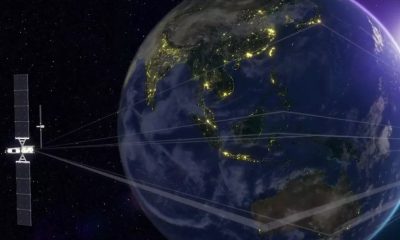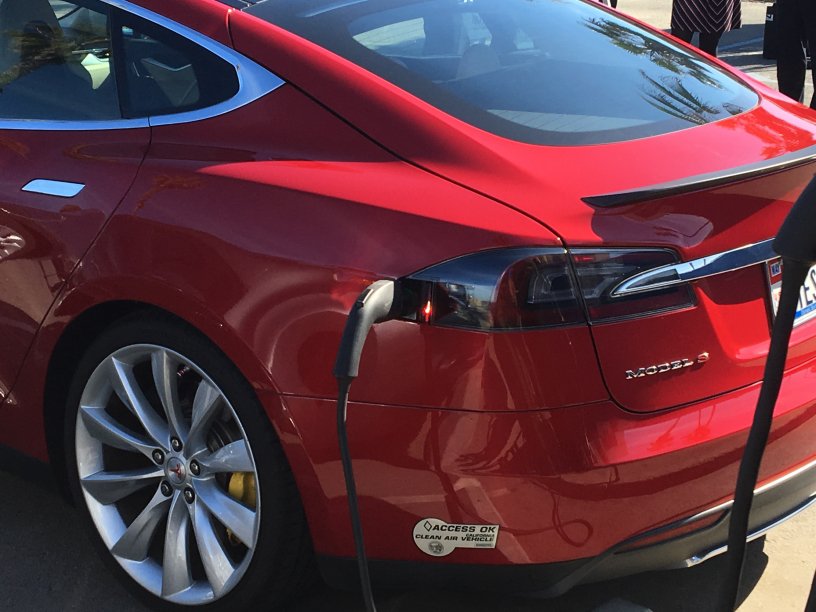

News
VW prepares to spend first $300M of $2B on EV charging infrastructure project
Volkswagen will designate $300 million by 2019 to establish a network of more than 450 electric vehicle charging stations in 11 U.S. major metropolitan areas and along high traffic highways. The announcement came this week through Volkswagen’s new wholly owned subsidiary called Electrify America, which will support increased use of zero emissions vehicles (ZEVs) in the U.S.
The initiative is part of the Federal Trade Commission agreement with Volkswagen to compensate for “Dieselgate,” the systematic and willful deceit of U.S. emissions regulators through special software in Volkswagen’s diesel vehicles. Electrify America is a product of Volkswagen’s 2016 court settlement with the California Air Resources Board and the U.S. EPA. We recently reported that the VW emissions scandal has given life to a new generation of electric vehicle start ups like Rivian Automotive. The Illinois-based electric car company has leased land to a logistics company that’s using the space as a temporary holding area for the Dieselgate VWs. Teslarati commissioned a videographer to capture drone shots showing roughly 14,000 affected cars waiting to be disposed of as a result of the scandal.
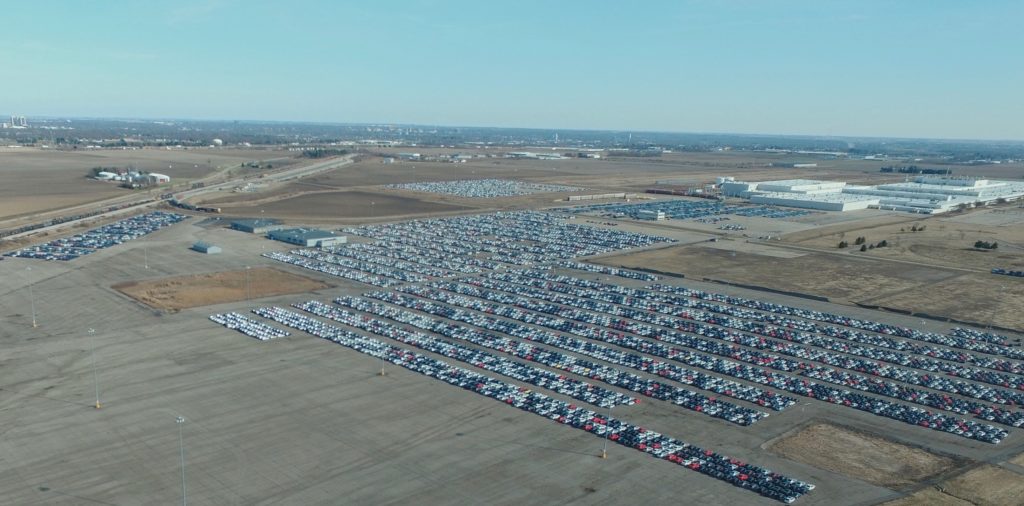
Thousands of VW Diesels being Stored at Rivian Factory, Photo: Jim Finch for Teslarati
Electrify America will support and promote greater availability of customer-friendly infrastructure in areas with high demand for ZEVs. With hundreds of stations with non-proprietary chargers across the U.S., Electrify America‘s first National ZEV investment cycle will make it easier and faster for millions of Americans to charge their electric vehicles while also “encouraging more drivers to explore and embrace electric driving.”
Electrify America‘s first stage plans
Electrify America has released information through a press release and website that it will establish a network of 2,500+ non-proprietary electric vehicle chargers at more than 450 station sites.
- Approximately 240 charging station sites will be installed or under development outside of California by the end of the first cycle.
- These sites will be located along high-traffic corridors between metropolitan areas, including multiple cross country routes.
- They will include between four and ten 150 kW and 320 kW individual DC fast chargers at each location.
- Charging sites will be present in 39 U.S. states.
- They will be built along corridors with a high correlation with the EV Charging Corridors recently designated by the Federal government.
- Sites will be, on average, about 66 miles apart, with no more than 120 miles between stations.
Comparisons to Tesla’s Supercharger network
The extent and speed of Electrify America‘s planned installation schedule roughly parallels the early years of Tesla’s DC Supercharger network in the U.S., which began in late 2012.
The new Electrify America chargers will be non-proprietary. Tesla vehicles use a proprietary plug design, although the company sells compatible adapters. Tesla’s DC CHAdeMO adapter is limited to 50 kilowatts of power.
With proposed charging power set at 320 kilowatts, the Electrify America network would be the first high power contender, at scale, to the Tesla Supercharger network. Tesla is the only EV manufacturer right now capable of charging vehicles at up to 120 kW, which equates to about 170 miles of range in as little as 30 minutes. Tesla has built a fast DC Supercharger network that supports maximum theoretical charging rates of up to 145 kilowatts, according to the company’s website.
The Electrify America network will provide 2500+ chargers at more than 450 stations. At this writing, Tesla Superchargers are at over 2,200 charging stalls at 350 locations across the U.S.
The proximity of Electrify America‘s chargers along frequently traveled corridors means that many shorter range ZEVs available today will be able to use this network. Most Tesla sites are located along highways away from large metropolitan areas and are primarily intended for use by travelers on long-distance trips.
It seems likely that the Electrify America chargers will be located in existing public infrastructure like rest stops. Tesla has a growing network of Destination Charging Partners with dedicated Tesla Wall Connectors at their properties. The company’s website describes how these are primarily destinations where a Tesla owner would stay for several hours at a time, such as ski resorts, restaurants, hotels and others. They are safe, well-lit, and infuse a feeling of security when Tesla owners need to recharge their vehicles.
Electrify America stations will be designed to support many existing and anticipated charging technology needs, including evolving industry standards like the Combined Charging Standard (CCS) and the Open Charge Point Protocol. Last year, Tesla joined the European CharIN consortium that is leading the development of CCS.
Tesla reminds its owners that there are many factors that affect the actual charge rate, including ambient temperature, utility grid restrictions, and charging traffic. Tesla constantly incorporates owner feedback into its maintenance and research and development efforts, offering a distinct consumer experience for Tesla owners who use its Superchargers.
News
Tesla upgrades Model 3 and Model Y in China, hikes price for long-range sedan
Tesla’s long-range Model 3 now comes with a higher CLTC-rated range of 753 km (468 miles).
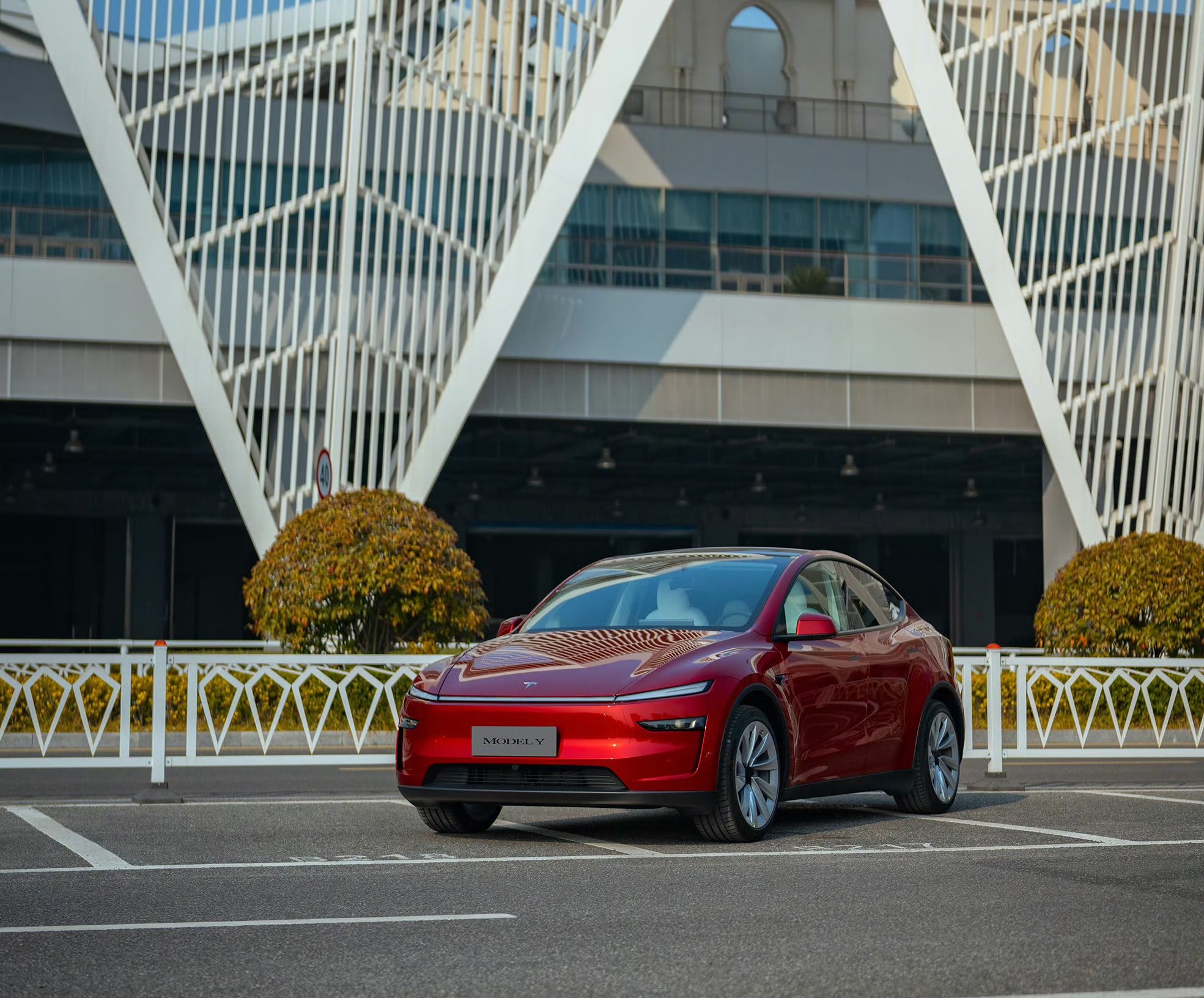
Tesla has rolled out a series of quiet upgrades to its Model 3 and Model Y in China, enhancing range and performance for long-range variants. The updates come with a price hike for the Model 3 Long Range All-Wheel Drive, which now costs RMB 285,500 (about $39,300), up RMB 10,000 ($1,400) from the previous price.
Model 3 gets acceleration boost, extended range
Tesla’s long-range Model 3 now comes with a higher CLTC-rated range of 753 km (468 miles), up from 713 km (443 miles), and a faster 0–100 km/h acceleration time of 3.8 seconds, down from 4.4 seconds. These changes suggest that Tesla has bundled the previously optional Acceleration Boost for the Model 3, once priced at RMB 14,100 ($1,968), as a standard feature.
Delivery wait times for the long-range Model 3 have also been shortened, from 3–5 weeks to just 1–3 weeks, as per CNEV Post. No changes were made to the entry-level RWD or Performance versions, which retain their RMB 235,500 and RMB 339,500 price points, respectively. Wait times for those trims also remain at 1–3 weeks and 8–10 weeks.
Model Y range increases, pricing holds steady
The Model Y Long Range has also seen its CLTC-rated range increase from 719 km (447 miles) to 750 km (466 miles), though its price remains unchanged at RMB 313,500 ($43,759). The model maintains a 0–100 km/h time of 4.3 seconds.
Tesla also updated delivery times for the Model Y lineup. The Long Range variant now shows a wait time of 1–3 weeks, an improvement from the previous 3–5 weeks. The entry-level RWD version maintained its starting price of RMB 263,500, though its delivery window is now shorter at 2–4 weeks.
Tesla continues to offer several purchase incentives in China, including an RMB 8,000 discount for select paint options, an RMB 8,000 insurance subsidy, and five years of interest-free financing for eligible variants.
News
Tesla China registrations hit 20.7k in final week of June, highest in Q2
The final week of June stands as the second-highest of 2025 and the best-performing week of the quarter.
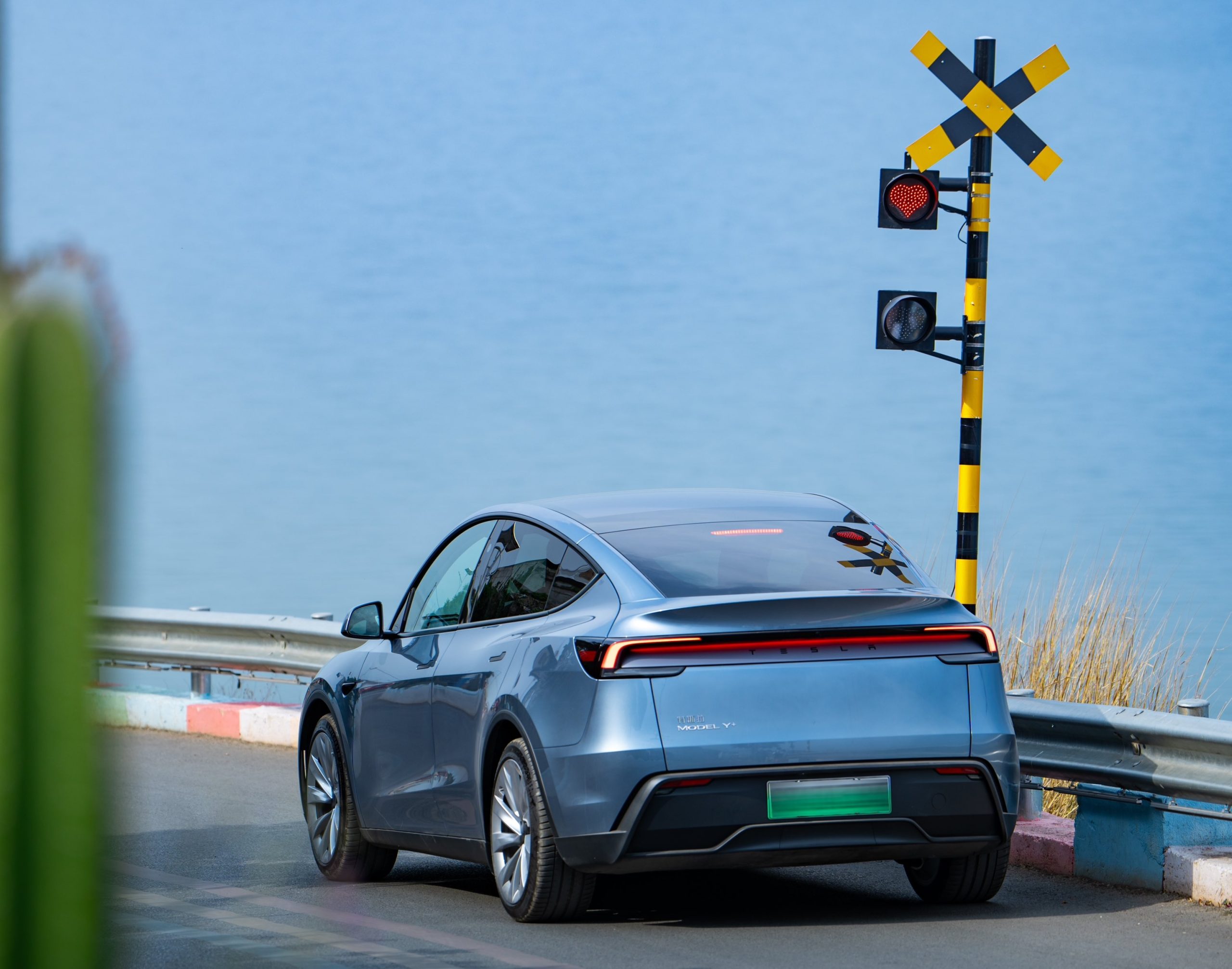
Tesla China recorded 20,680 domestic insurance registrations during the week of June 23–29, marking its highest weekly total in the second quarter of 2025.
The figure represents a 49.3% increase from the previous week and a 46.7% improvement year-over-year, suggesting growing domestic momentum for the electric vehicle maker in Q2’s final weeks.
Q2 closes with a boost despite year-on-year dip
The strong week helped lift Tesla’s performance for the quarter, though Q2 totals remain down 4.6% quarter-over-quarter and 10.9% year-over-year, according to industry watchers. Despite these declines, the last week of June stands as the second-highest of 2025 and the best-performing week of the quarter.
As per industry watchers, Tesla China delivered 15,210 New Model Y units last week, the highest weekly tally since the vehicle’s launch. The Model 3 followed with 5,470 deliveries during the same period. Tesla’s full June and Q2 sales data for China are expected to be released by the China Passenger Car Association (CPCA) in the coming days.
Tesla China and minor Model 3 and Model Y updates
Tesla manufactures the Model 3 and Model Y at its Shanghai facility, which provides vehicles to both domestic and international markets. In May, the automaker reported 38,588 retail sales in China, down 30.1% year-over-year but up 34.3% from April. Exports from Shanghai totaled 23,074 units in May, a 32.9% improvement from the previous year but down 22.4% month-over-month, as noted in a CNEV Post report.
Earlier this week, Tesla introduced minor updates to the long-range versions of the Model 3 and Model Y in China. The refreshed Model 3 saw a modest price increase, while pricing for the updated Model Y Long Range variant remained unchanged. These adjustments come as Tesla continues refining its China lineup amid shifting local demand and increased competition from domestic brands.
Elon Musk
Tesla investors will be shocked by Jim Cramer’s latest assessment
Jim Cramer is now speaking positively about Tesla, especially in terms of its Robotaxi performance and its perception as a company.

Tesla investors will be shocked by analyst Jim Cramer’s latest assessment of the company.
When it comes to Tesla analysts, many of them are consistent. The bulls usually stay the bulls, and the bears usually stay the bears. The notable analysts on each side are Dan Ives and Adam Jonas for the bulls, and Gordon Johnson for the bears.
Jim Cramer is one analyst who does not necessarily fit this mold. Cramer, who hosts CNBC’s Mad Money, has switched his opinion on Tesla stock (NASDAQ: TSLA) many times.
He has been bullish, like he was when he said the stock was a “sleeping giant” two years ago, and he has been bearish, like he was when he said there was “nothing magnificent” about the company just a few months ago.
Now, he is back to being a bull.
Cramer’s comments were related to two key points: how NVIDIA CEO Jensen Huang describes Tesla after working closely with the Company through their transactions, and how it is not a car company, as well as the recent launch of the Robotaxi fleet.
Jensen Huang’s Tesla Narrative
Cramer says that the narrative on quarterly and annual deliveries is overblown, and those who continue to worry about Tesla’s performance on that metric are misled.
“It’s not a car company,” he said.
He went on to say that people like Huang speak highly of Tesla, and that should be enough to deter any true skepticism:
“I believe what Musk says cause Musk is working with Jensen and Jensen’s telling me what’s happening on the other side is pretty amazing.”
Tesla self-driving development gets huge compliment from NVIDIA CEO
Robotaxi Launch
Many media outlets are being extremely negative regarding the early rollout of Tesla’s Robotaxi platform in Austin, Texas.
There have been a handful of small issues, but nothing significant. Cramer says that humans make mistakes in vehicles too, yet, when Tesla’s test phase of the Robotaxi does it, it’s front page news and needs to be magnified.
He said:
“Look, I mean, drivers make mistakes all the time. Why should we hold Tesla to a standard where there can be no mistakes?”
It’s refreshing to hear Cramer speak logically about the Robotaxi fleet, as Tesla has taken every measure to ensure there are no mishaps. There are safety monitors in the passenger seat, and the area of travel is limited, confined to a small number of people.
Tesla is still improving and hopes to remove teleoperators and safety monitors slowly, as CEO Elon Musk said more freedom could be granted within one or two months.
-

 Elon Musk19 hours ago
Elon Musk19 hours agoTesla investors will be shocked by Jim Cramer’s latest assessment
-

 News6 days ago
News6 days agoTesla Robotaxi’s biggest challenge seems to be this one thing
-

 News2 weeks ago
News2 weeks agoTesla confirms massive hardware change for autonomy improvement
-

 News2 weeks ago
News2 weeks agoTesla’s Grok integration will be more realistic with this cool feature
-

 Elon Musk2 weeks ago
Elon Musk2 weeks agoElon Musk slams Bloomberg’s shocking xAI cash burn claims
-

 News2 weeks ago
News2 weeks agoTesla China roars back with highest vehicle registrations this Q2 so far
-

 News2 weeks ago
News2 weeks agoTesla dominates Cars.com’s Made in America Index with clean sweep
-

 News2 weeks ago
News2 weeks agoTexas lawmakers urge Tesla to delay Austin robotaxi launch to September












